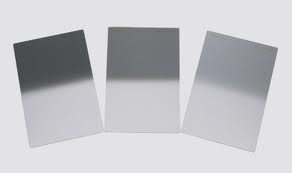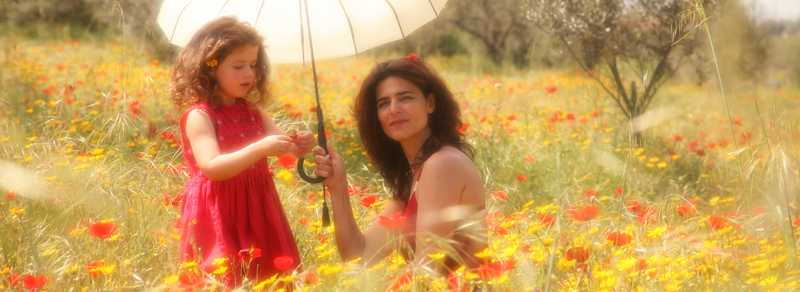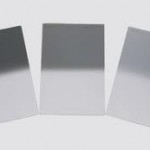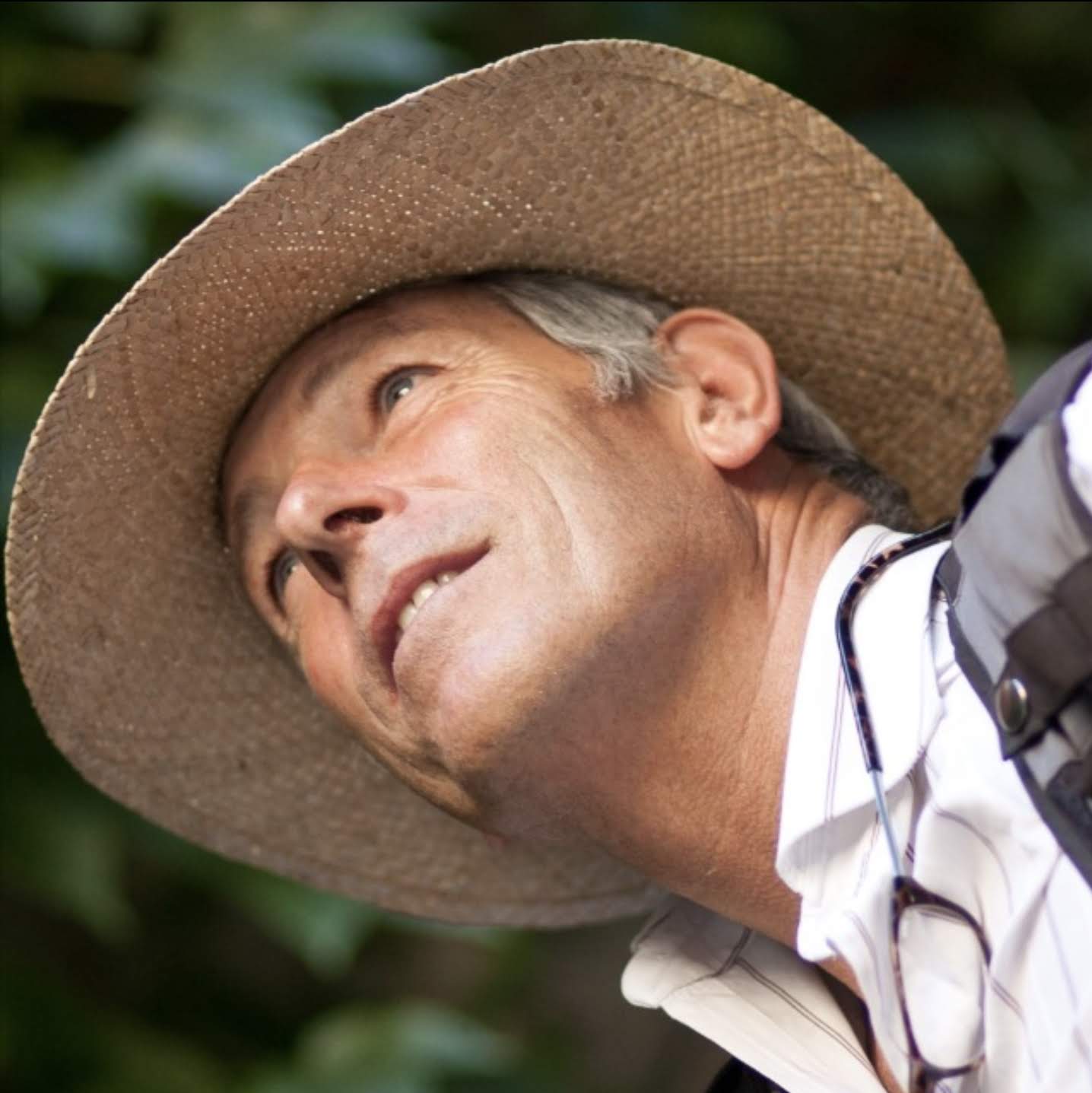Filters in the digital age.
Photo filters are still useful. Although the effects of filters can be duplicated in Photoshop, Lightroom, Aperture etc there is a strong case for creating the effect during the shoot. I use the following:
Soft, neutral grey gradual, polariser, neutral density.
Soft focus filter.
A soft focus filter will push the highlights into the shadow areas like dark hair, smoothing the skin and giving a healthy glow to a portrait. Blemishes and lines on the skin will be diminished. The filter has less effect on the shadows so hair will appear sharper in respect to skin tones. The advantage of using the filter as opposed to Photoshop is time – just put the filter on and off you go. I usually take some shots without the filter to show the sitter the difference – they always prefer the filter ones. I use soft focus usually with women of all ages and children, but rarely with men.
Types of soft focus.
I usually shoot outdoor portraits in the shade or in the evening using a wide open aperture so I use a screw type, weak filter. Softness depends on aperture so the wider open the lens the softer it gets – it will be softer at f2.8 than f11. You may not notice it at all at f22.
In the studio or on location with lights I use a Cokin filter usually of medium strength the reason being that I may be using f11. As an alternative you can use the old Hollywood technique of gauze or a piece of stocking pulled tight over the lens.
On location the contrast range maybe too high between highlight and shadow and in this situation a soft focus filter will help lower contrast.
A word of caution. Flare can become a problem so it’s wise to use a lens hood, or in the case of the Cokin type system, clip on matte boxes – just a cheap plastic clip-on modular system but it makes all the difference. You can add one, two or three.
In these days of High Dynamic Range photography (HDR) you can avoid using a grad and do it later in Photoshop. But again, it’s easy enough to use a filter to pull the sky and the clouds in with a neutral grad.
Cokin is a good and economical system but their filter boxes will drive you nuts, I suggest their P series filter wallet. All this stuff you can find on Ebay.
In the old darkroom days you could soften the focus by putting a filter between lens and paper but this had the opposite effect of using a filter at the taking stage – it pushed the shadows into the highlights making the image gloomy and sinister. You can do this in Photoshop. Tutorial




Lots of ways, with slightly different looks softening effects. Easy ones are find a lens that’s single coated/uncoated and shoot into the light source and let veiling flare soften the contrast. A stocking (nude (peach), black, or white) trapped between a filter or expansion ring will soften and reduce contrast. As someone else mentioned petroleum jelly on a cheap UV/clear filter will soften in a different way. Some older lens designs are very soft especially wide open (though usually they have lots of coma some have interesting bokeh), there are soft focus lenses that aren’t expensive anymore as they’re very out of trend these days, and while I suspect it’s quite expensive and don’t think they’re still made, but Zeiss made a softening filter (I want to say it’s the Softar).
While all diffusion filters soften the subject to various degree, background is another story. In fact, the construction of a filter dictates the impact on the background. The following is an image without using a filter. The portion of the background that will be examined carefully is marked with a yellow rectangle.